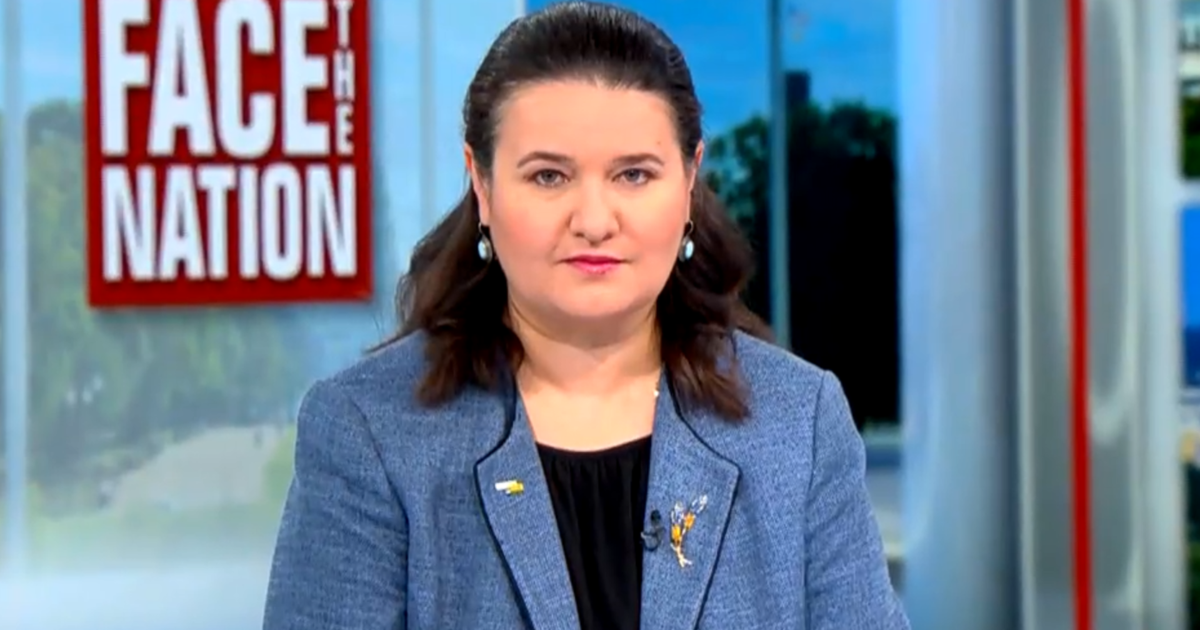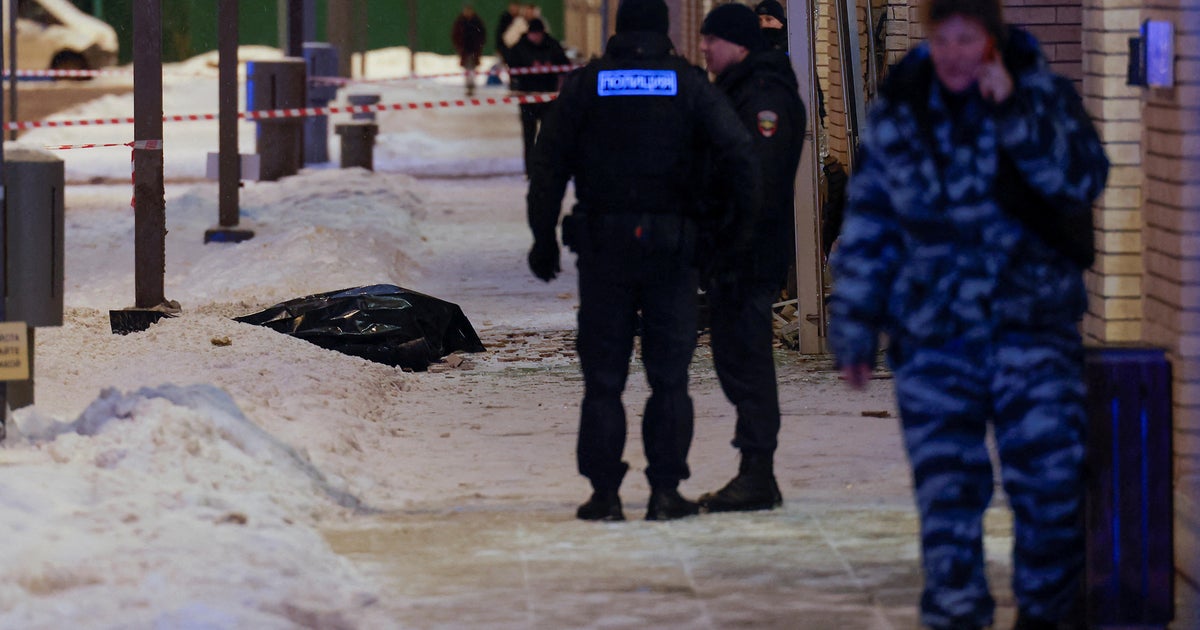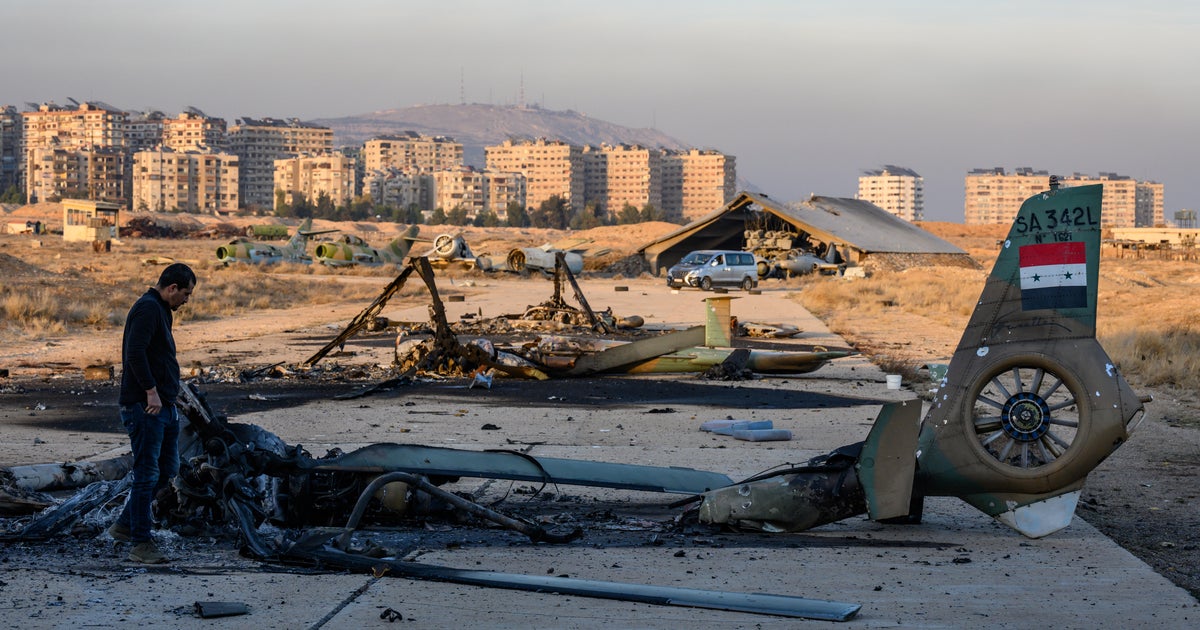U.S. leans toward sending powerful multiple launch rockets as Ukraine seeks "heavy weapons" to stop Russia's Donbas offensive
Near Kherson, Ukraine — Ukraine's Foreign Minister Dmytro Kuleba issued an urgent plea Thursday evening for Western leaders to send his country more "heavy weapons" to help Ukrainian forces counter a powerful Russian offensive in the eastern Donbas region.
"The only position where Russia is better than us, it's the amount of heavy weapons they have," Kuleba said in his video appeal. "Without artillery, without multiple launch rocket systems, we won't be able to push them back."
Kuleba said the situation in Donbas was "even worse than people say," beseeching Western allies with a repeated plea: "If you really care for Ukraine, weapons, weapons and weapons again."
The appeals from Kyiv have apparently been heard in Washington, where a Biden administration official told CBS News senior national security correspondent David Martin that the White House was leaning toward providing multiple launch rocket systems (MLRS) to Ukraine as part of the next package of military aid for the country.
No final decision has been made in Washington, officials told CBS News, but if the Biden administration does commit to providing MLRS to Ukraine, they said it would likely be weapons known as HIMARS, made by Lockheed Martin, which would provide slightly longer range and significantly more punch than the 155 mm howitzers the U.S. is currently providing. The highly-portable HIMARS can fire six shells at a time, unlike the single-fire howitzers, and the rockets themselves are considerably larger than the howitzer rounds, at 277 mm.
Ukrainian troops are already relying heavily on the howitzers provided by the U.S. as they try to stop Russia's advance on villages around two major cities in Donbas, Ukraine's long-time industrial heartland which is now largely under Russian control.
Some of the latest video to emerge from the war-torn nation shows Russia bombarding Ukrainian positions with next-generation warheads known as vacuum bombs. Russia's overwhelming artillery advantage has allowed its forces to capture more territory in Donbas this week.
CBS News correspondent Imtiaz Tyab says the town of Popasna is a clear example of what a Russian "victory" in Ukraine looks like. The town is just over 10 miles south of the twin cities of Severodonetsk and Lysychansk, which Russia is trying hard to capture. Popasna was recently taken by pro-Russian troops, and it's now in ruins, with the remains of the dead still lying in the streets.
Tyab says Moscow is throwing nearly all of its firepower into efforts to consolidate control of the entire Donbas, with thousands of Russian troops attacking from three sides.
If Severodonetsk and Lysychansk fall, nearly all of the province of Luhansk, which makes up about half of the Donbas, would be under Russian control.
But Ukrainian forces Tyab and his team have met this week say they won't go down without a fight, and the American howitzers are a big part of how they hope to turn the tide back against Russia. The American-made artillery pieces shoot further, move faster and can be hidden far easier than other weapons already at the Ukrainians' disposal.
The Ukrainians currently have about 85 of the 108 howitzers that were promised by the Biden administration.
"The more howitzers we have, the easier it will be to fight Russians," Lieutenant Colonel Serhii Zayika, the lead trainer for the Ukrainian forces using the weapons near the southern city of Kherson, told CBS News.
It was the howitzer that helped Ukrainian troops push back Russian forces shelling a small village near Kherson, forcing Tyab and his team to duck for cover with the soldiers near the front lines earlier this week.
It's a nimble but mighty weapon against Russia's advancing army, but it's clear that Ukraine wants more of them, and even more lethal firepower as its forces face the mounting Russian offensive.
It appeared on Friday that Kyiv's wish could be granted, but it wasn't clear when any multiple rocket launch systems from the U.S. might actually arrive, or if they would come soon enough to help Ukraine's defenders stop Russia from seizing the two big cities in Donbas.





